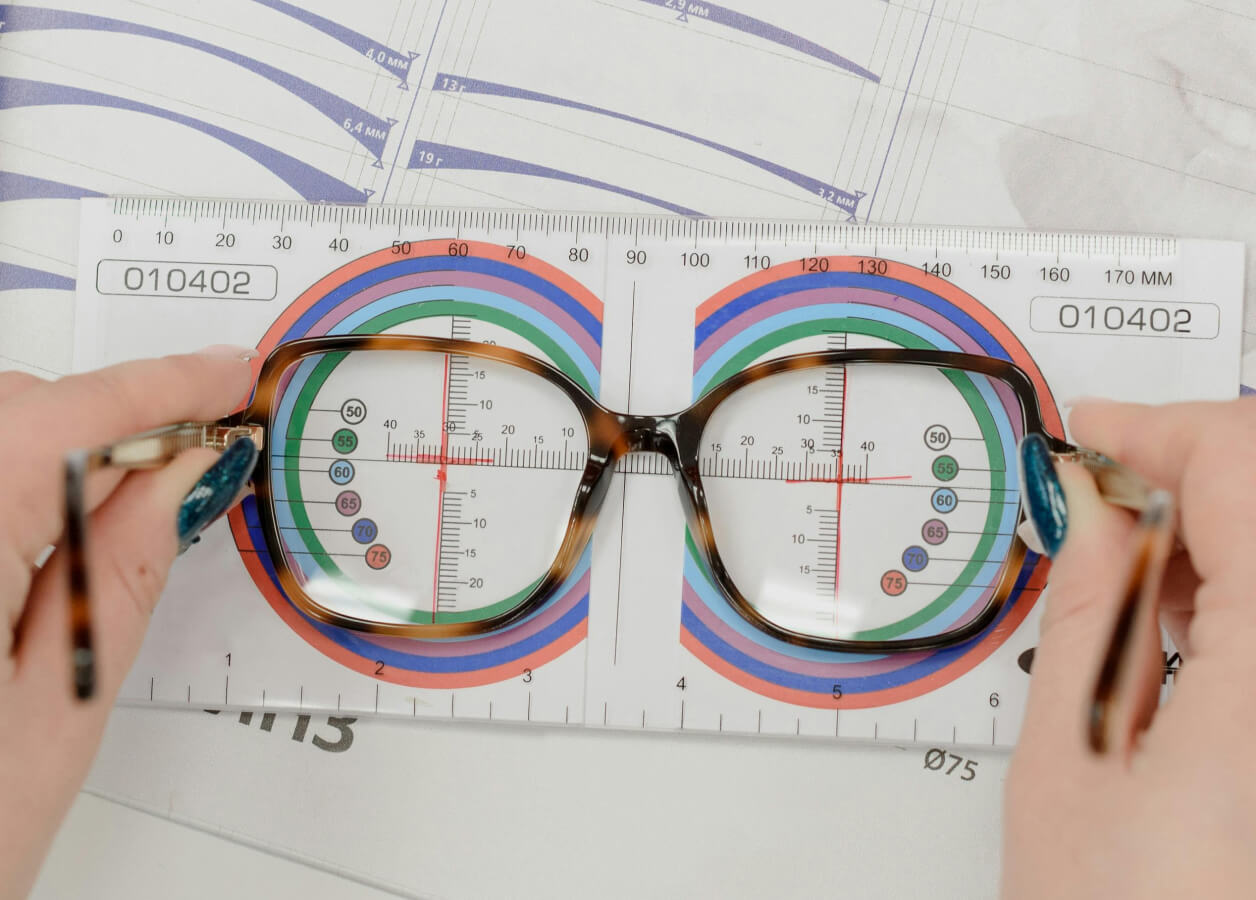
Identifying differences for tailored treatment approaches
Consequat a eleifend facilisis nulla vitaev iaculis enim pellentesque potenti arcu posuere fringilla et cursus eu sit ornare sit elit habitant massa at tellus feugiat dolor est commodo suspendisse justo sed sed malesuada cras facilisis volutpat consequat enim eget arcu metus ut orci in mi.
- Adipiscing enim, dictum pulvinar erat nibh ut integer tristique
- Vitae vivamus eget auctor viverra sagittis quisque bibendum sagittis
- Nunc ipsum diam urna quis eget turpis consequat fringilla feugiat erat
Early signs and symptoms of cataracts: knowing when to seek help
Facilisis augue amet dictum ut tincidunt in quisque etiam neque maecenas quis et malesuada netus consectetur nec mi sed porta fermentum metus volutpat egestas hendrerit purus nam faucibus quis nunc blandit ullamcorper in orci tempor placerat curabitur faucibus nec consectetur duis urna orci pellentesque viverra commodo turpis rhoncus risus at cras commodo rhoncus interdum vel egestas tellus sit sollicitudin consequat sodales lacus erat blandit. Varius non mi turpis nisl enim hendrerit.

How eye specialists detect and assess cataracts
Vitae feugiat dolor in maecenas semper donec duis lectus tellus nisl proin eu et vestibulum tellus mauris arcu tristique duis massa nulla egestas eget fringilla tincidunt et nibh arcu tempor at eu elementum tincidunt lectus est phasellus vel quisque neque rhoncus in laoreet scelerisque magna in sit ac nibh sed aenean interdum consequat id maecenas aliquam tellus molestie lorem cursus et semper.
- Morbi fringilla molestie magna sed dictum praesent pharetra turpis augue.
- Cras mi purus, viverra vitae felis sit amet, tincidunt fringilla lorem.
- Non mattis urna ex nec sem donec varius diam et suscipit venenati.
- Quisque euismod posuere lacus sit amet volutpat praesent vel imperdiet
“Dolor sit amet consectetur vitae facilisis sit vitae enim tristique vulputate neque dis ante pharetra suspendisse nibh semper”
Non-surgical cataract treatments: exploring alternatives and supportive care
Fermentum metus volutpat egestas hendrerit purus nam faucibus quis nunc blandit ullamcorper in orci tempor placerat curabitur faucibus nec consectetur duis urna orci pellentesque viverra commodo turpis rhoncus risus at cras commodo rhoncus interdum vel egestas tellus sit sollicitudin consequat sodales lacus erat blandit. varius non mi turpis nisl enim hendrerit.
Preventing cataracts: lifestyle choices and health tips to protect your vision
Ornare quam feugiat commodo in viverra sed proin netus cras elementum pharetra sit massa odio nec in metus etiam pretium molestie ac praesent vulputate imperdiet faucibus sed semper nisi nec risus semper lectus cursus lobortis felis pellentesque semper. Ultricies aliquam arcu ornare viverra egestas accumsan enim dis neque amet et enim maecenas facilisi id amet egestas mauris tellus eget hac massa.
Eyewear has come a long way from the days of rudimentary glass lenses in simple wire frames. Today, the glasses and sunglasses we wear are feats of engineering, packed with advanced technology designed to improve vision, protect eyes, and enhance comfort. Whether you're looking to correct your vision, shield your eyes from harmful rays, or simply make a fashion statement, modern eyewear offers a range of high-tech options that cater to every need. Let's take a closer look at the innovations behind the lenses and frames that are changing the way we see the world.
Lens Materials: Beyond Glass and Plastic
Traditionally, eyeglass lenses were made from glass—a material that offers excellent clarity but can be heavy and prone to breaking. Modern lenses, however, are typically made from advanced plastics like polycarbonate, Trivex, and high-index plastics, each offering unique benefits.
- Polycarbonate lenses are lightweight and highly impact-resistant, making them ideal for sports eyewear and children’s glasses. They also naturally block 100% of UV rays, providing essential protection for the eyes.
- Trivex lenses offer similar benefits to polycarbonate but with better optical clarity and a higher resistance to scratches. They are often recommended for those who need durable lenses without sacrificing vision quality.
- High-index plastic lenses are designed for people with strong prescriptions. These lenses are thinner and lighter than standard plastic lenses, reducing the "coke bottle" effect often associated with higher prescriptions, and making glasses more comfortable to wear.
Coatings and Treatments: Enhancing Vision and Comfort
Modern lenses often come with a variety of coatings and treatments that improve their performance and durability. These innovations ensure that your glasses not only correct your vision but also protect your eyes and make your eyewear more comfortable to use.
- Anti-reflective (AR) coatings reduce glare from light reflecting off the front and back surfaces of your lenses. This is especially helpful when driving at night, working on a computer, or spending time under bright lights. AR coatings also enhance the appearance of your glasses, making the lenses almost invisible so people can see your eyes more clearly.
- Scratch-resistant coatings are a must-have for anyone looking to extend the life of their lenses. While no lens is completely scratch-proof, these coatings significantly reduce the chances of minor scratches that can affect vision quality.
- UV protection coatings block 100% of the sun’s harmful ultraviolet rays. While some lens materials, like polycarbonate, naturally block UV rays, others need an additional coating to provide full protection. This is crucial for preventing long-term damage to your eyes from sun exposure.
- Blue light blocking coatings have become increasingly popular with the rise of digital device usage. These coatings filter out blue light emitted by screens, which can cause eye strain, fatigue, and even disrupt sleep patterns. Blue light blocking lenses are particularly beneficial for people who spend long hours in front of computers, tablets, or smartphones.
Photochromic Lenses: Adaptive Vision
Photochromic lenses, often known by the brand name Transitions®, are a remarkable innovation that combines the functions of regular eyeglasses and sunglasses. These lenses darken automatically when exposed to sunlight and return to clear when indoors. This adaptive technology offers convenience and protection, allowing you to wear the same pair of glasses both indoors and outdoors without needing to switch between different pairs.
The technology behind photochromic lenses involves millions of molecules of silver halide or silver chloride embedded within the lens material. When exposed to UV light, these molecules undergo a chemical reaction that causes them to change structure and absorb more light, effectively darkening the lenses. Once the UV light is removed, the molecules return to their original state, and the lenses become clear again.
Polarized Lenses: Cutting Glare
For those who spend time outdoors, especially around water or snow, polarized lenses are a game-changer. These lenses contain a special filter that blocks horizontally reflected light, which is the main cause of glare. Glare can make it difficult to see clearly, cause eye discomfort, and even lead to accidents while driving or engaging in outdoor activities.
Polarized lenses are particularly popular in sunglasses and are often used by fishermen, boaters, and skiers, who need to reduce glare from reflective surfaces like water and snow. By filtering out this type of light, polarized lenses enhance contrast, improve visual clarity, and reduce eye strain.
Frame Technology: Balancing Style and Function
While lenses are crucial for vision, the frames that hold them are equally important. Advances in frame technology have led to lighter, stronger, and more comfortable eyewear that doesn’t compromise on style.
- Memory metal frames are made from alloys like nickel-titanium (also known as Nitinol) that can return to their original shape after being bent or twisted. This makes them extremely durable and ideal for people with active lifestyles or those who are prone to accidental bumps and drops.
- 3D-printed frames represent the cutting edge of custom eyewear. These frames are made using advanced 3D printing technology, which allows for precise customization based on the wearer’s facial measurements. 3D-printed frames can be tailored to fit perfectly, providing unmatched comfort and a personalized look.
- Lightweight materials such as titanium and acetate have revolutionized eyewear design. Titanium frames are incredibly strong yet lightweight, making them comfortable to wear for long periods. Acetate, on the other hand, is a versatile plastic that comes in a wide range of colors and patterns, allowing for fashionable and expressive frame designs.
The Future of Eyewear Technology
As technology continues to advance, the future of eyewear holds exciting possibilities. Smart glasses, for example, are already on the market, offering features like augmented reality (AR) displays, voice-activated assistants, and fitness tracking. As these technologies develop, they are likely to become more integrated into everyday eyewear, blurring the line between fashion, function, and futuristic tech.




